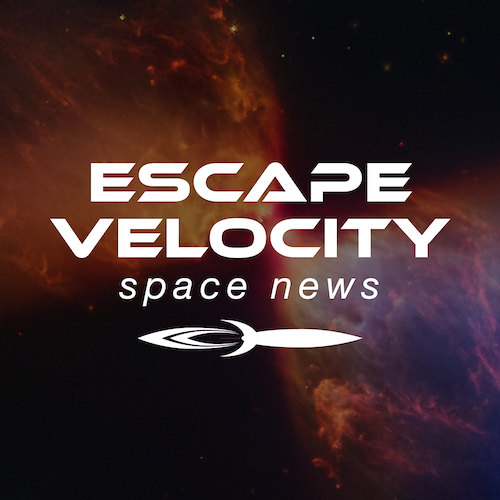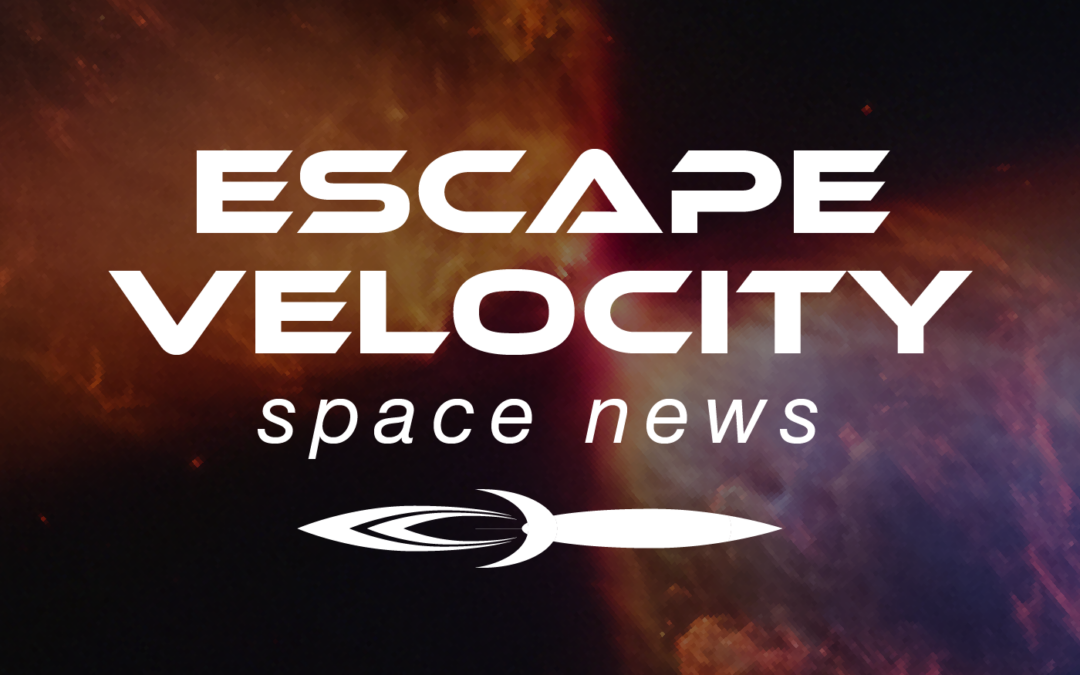Today we have a story from the past about how to watch solar eclipse. And also the effects of spawning anchovies on energy dissipation in the ocean. Along with that fishy story, we have news from the Mars rovers, pretty images.


Today we have a story from the past about how to watch solar eclipse. And also the effects of spawning anchovies on energy dissipation in the ocean. Along with that fishy story, we have news from the Mars rovers, pretty images.

Solar maximum will occur sometime in late 2024 to early 2025. With this cycle and the satellite will experience a good blast of solar radiation. Including the small sats, CanSats.

Time to dive into planetary formation and all the ways scientists have tried to explain stellar systems. Enjoy!

JWST observed methane and carbon dioxide in the atmosphere of a planet. And we want to know that life is common. But we have not evidence yet. More at #365DaysOfAstro

Dr. Pamela is big on volcanoes, and she hoped we’d have an awesome new eruption to report, but we don’t. Instead, we have the first images from a new spacecraft, updates on Lucy’s discovery of a contact binary, and more on the OSIRIS-REx sample return.

This week EVSN look at the upcoming solar maximum, how solar activity affects Neptune, the robotic invasion fleet on Mars, and how some of the weirdest star systems in reality have been able to form. In our closer look, we fail to see dark matter.

This episode reminds you to look up, look out, and reflect on what we see around us. Stories cover a weird white dwarf that is doing things our Sun may do billions of years from now, how satellite images can now be used to measure river flows here and on Mars, and Titan, as well as the emerging field of planetary geoarcheology. And also climate change. Buckle up, the news isn’t good.

There are 18 satellite constellations, like Starlink, being planned. These constellations will contain 543,811 satellites. Today EVSN are going to look at early warning systems that are being developed, and how future – more highly mobile satellites, can both do good and create chaos.

In today’s episode, we’re going to look at everything from how past Earth couldn’t support photosynthesis because the days were just too short, to current Earth letting us get hit by more Cosmic Rays prior to Earthquakes going off, and to supernovae threatening our world while alien stars eat other planets.

Each week, when we set off to do this show, we start with one core idea: We want to tell you what is new in space and astronomy… and remember Earth is a planet too.